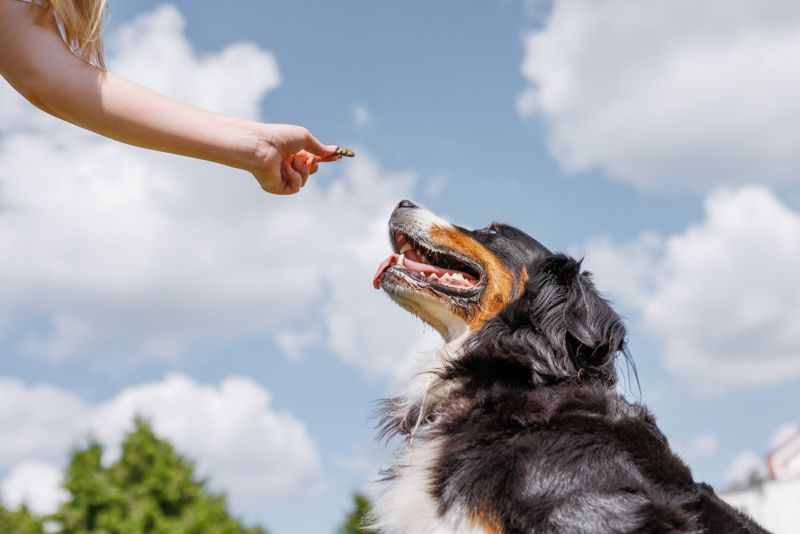If you’ve got a dog that lives to chew, you’ve probably heard about yak chews. They show up in pet shops looking like hard bricks of cheese, and honestly, that’s not too far off. But here’s the real question: are they actually good for your dog, or just another fancy trend? Let’s break it down.
What Are Yak Chews?
Yak chews, or Himalayan dog chews, are crafted using a traditional Nepalese recipe. The chews are made from mixture of yak and cow milk and a little salt – they are boiled, pressed, and dried until they become hard, resembling stone more than cheese. As a result, the final product is a tough, dense treat that provides a surprisingly long-lasting chew for dogs.Since the lactose is basically gone, even dogs that can’t handle dairy usually do fine with them.
Why Dogs Love Them
Here’s the thing: dogs are natural gnawers. Give them something tasty that doesn’t vanish in two minutes and they’ll stay busy for ages. Yak chews check all those boxes.
They don’t stink up the house, they don’t leave greasy stains on the rug, and dogs get that satisfying, crunch-and-grind chewing time. From a dog’s point of view? That’s bliss. From yours? A little peace.
Benefits of Yak Chews
Yak chews aren’t just a boredom buster. They actually got some solid health benefits:
- Protein-packed for muscle and energy.
- Low fat, so you’re not sabotaging your dog’s waistline.
- Calcium-rich foods help keep bones and teeth strong.
- Lactose-free, so most sensitive tummies don’t complain.
Additionally, their texture allows them to double up as a natural toothbrush, scraping away plaque.
The Catch: Safety
Okay, here’s where you need to be smart. Yak chews are safe for most dogs, but they’re not perfect. They’re hard. Like, really hard. A determined chewer could chip a tooth if they go too wild. And when the chew gets down to a smaller nub, there’s always the risk of a dog trying to swallow it whole. Not good.
The key is supervision. Always choose the right size for your dog’s breed, and when the chew becomes too small, replace it. Lots of owners actually microwave the leftover piece for a few seconds, it puffs up like a crunchy cheese puff. Problem solved.
Best Suited For…
Yak chews shine for medium and large dogs who love to chew but aren’t total wrecking balls. Moderate chewers, basically. They’re also a win for dogs with food sensitivities, since the ingredients list is short and simple.
Who should skip them? Tiny puppies with fragile teeth, or older dogs that already struggle with chewing. For them, softer natural treats make more sense.
How to Introduce One
Don’t just toss a yak chew at your dog and head off to binge Netflix. Start small. Let them chew for 10–15 minutes the first time, and watch how they handle it. Some dogs settle into a steady chew. Others try to crack it like they’re splitting firewood. You’ll know pretty quickly which category your pup falls into.
Picking the Good Ones
Not every yak chew on the market is worth your money. Look for ones that stick to the basics: yak milk, cow milk, and salt. No mystery flavors, no artificial preservatives. Ideally, choose chews that are sourced from Himalayan or Nepalese producers – the real deal.
According to FloppyEar.co.uk, a leading UK-based natural dog treat company, the best yak chews are those that keep it simple and skip unnecessary fillers.
So, Are Yak Chews Worth It?
In a word, yes… for the right dog. They’re long-lasting, natural, and loaded with protein and calcium. They don’t smell, they don’t stain, and most dogs adore them. But like any chew, they’re not a one-size-fits-all fix. Know your dog, pick the right size, and always supervise.
Appropriately handled, yak chews can be more than a treat — they can be a safe, satisfying ritual that your dog looks forward to. And honestly? Watching your pup happily gnaw away while you sip your coffee isn’t the worst way to spend an afternoon.






